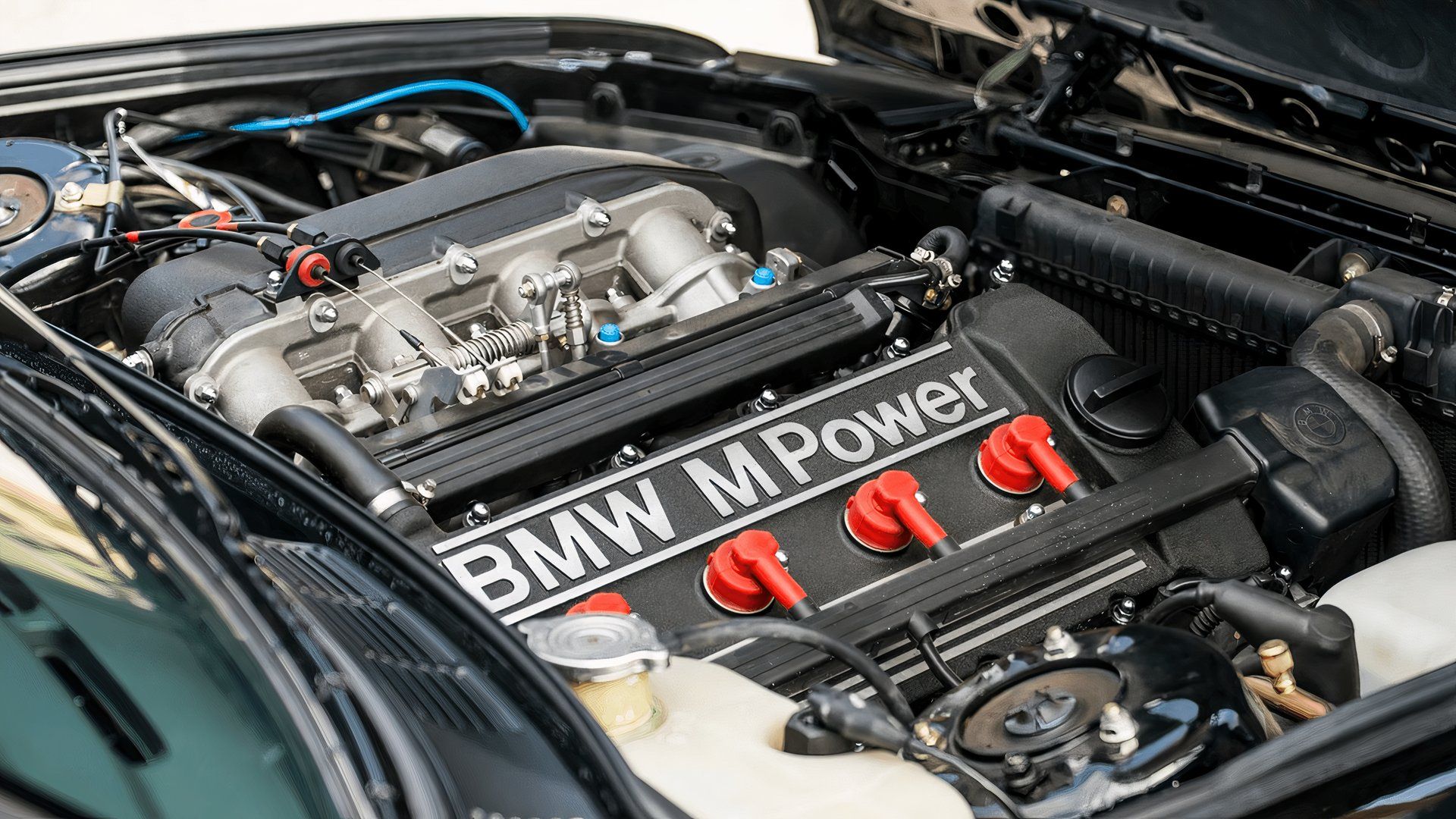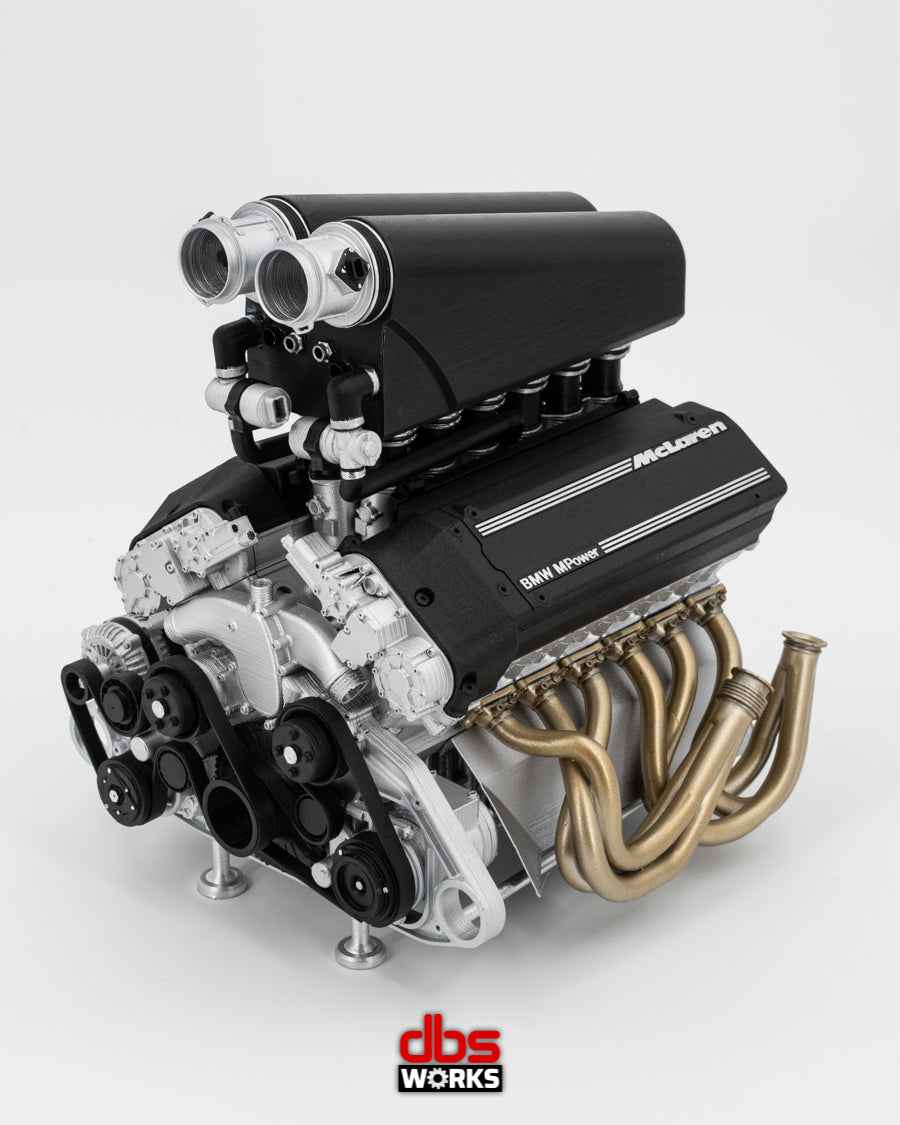Leading 5 BMW Engine Technologies Transforming the Automotive Sector
Leading 5 BMW Engine Technologies Transforming the Automotive Sector
Blog Article
Discovering the Development of Burning Engines in Modern Transport Systems
As we navigate the landscape of modern transport, the development of combustion engines stands as a testimony to human ingenuity and engineering expertise. The interplay of history, modern technology, and ecological issues in forming the trajectory of burning engines creates a story that is both informative and compelling.
Early Beginnings of Combustion Engines
Just how did the principle of combustion engines initial emerge in the onset of transport growth? When the concepts of interior burning were very first explored, the roots of burning engines can be traced back to the 17th century. In 1673, Christian Huygens conceived a fundamental inner combustion engine that made use of gunpowder to produce power. Nonetheless, it wasn't till the late 19th century that functional applications of burning engines in transportation began to arise.
The breakthrough moment featured the innovation of the initial successful gasoline-powered engine by Karl Benz in 1885 - bmw engine. This engine led the way for the development of the modern car, changing transportation systems worldwide. Subsequent innovations by Nikolaus Otto and Gottlieb Daimler additionally improved burning engine technology, causing the mass manufacturing of automobiles and the fast development of the transport sector
These very early combustion engines were defined by their simplicity and effectiveness, laying the foundation for the complex and powerful engines made use of in contemporary transport systems. The development of combustion engines has been important fit the way we travel and carry products, marking a considerable turning point in the history of transportation growth.
Change to Internal Combustion Innovation
The transition to internal burning modern technology marked a critical shift in the advancement of transport systems. This shift began in the late 19th century, with inventors like Nikolaus Otto and Gottlieb Daimler developing the initial effective internal burning engines. These engines reinvented transportation by offering an extra reliable and powerful alternative to vapor engines and electric motors.
Among the crucial advantages of inner burning engines was their ability to be reduced to suit vehicles, bring about the development of motorcycles and vehicles. This shift from cumbersome, stationary engines to portable, mobile ones paved the means for the contemporary transport systems we see today.
The shift to internal burning technology likewise spurred improvements in fuel innovation, resulting in the growth of gasoline and diesel as primary fuel resources for cars. This change not just made transportation extra easily accessible to the masses but likewise laid the structure for the oil and gas industry to end up being indispensable to international economic situations.
Influence of Combustion Engines on Transportation
The adoption of combustion engines in transport systems militarized a profound shift in the performance and speed of worldwide flexibility. Combustion engines reinvented transport by providing a trustworthy and versatile source of power for different automobiles, consisting of vehicles, vehicles, airplanes, and ships. This development substantially boosted the capacity for items and individuals to conform visit their website long distances in shorter period, causing boosted connection in between regions and nations.
Furthermore, the widespread use combustion engines has had a considerable influence on economic development. The ability to carry goods effectively has spurred trade and business, permitting organizations to increase their markets and get to customers worldwide. This has helped with financial development and globalization, as items can currently be delivered quicker and in larger quantities than in the past.
Nonetheless, the ecological effect of combustion engines can not be neglected. The combustion of nonrenewable fuel sources has led to air contamination and greenhouse gas exhausts, contributing to climate adjustment and presenting health and wellness dangers to populations. bmw engine. Therefore, there is an expanding emphasis on developing different propulsion modern technologies to alleviate these unfavorable effects and develop a much more lasting future for transport
Developments in Burning Engine Design
One noteworthy development is the advancement of turbocharged engines, which utilize exhaust gases to drive a wind turbine that compresses incoming air, enabling for more fuel to be burnt, resulting in increased power output without a significant increase in engine dimension. Variable shutoff timing systems have actually likewise revolutionized engine layout by optimizing air movement at various engine rates, improving both power and effectiveness. These technologies jointly contribute to the continuous enhancement of burning engines in modern-day transport systems.
Future Trends in Burning Engine Development
With innovation advancements driving continual innovation, the future of combustion engine growth is poised to transform transport systems internationally. One of the essential patterns in burning engine advancement is the press in the direction of greater efficiency and reduced exhausts.
An additional popular pattern is the adoption of crossbreed modern technologies in burning engines. Crossbreed engines incorporate conventional burning innovation with electrical power, supplying improved gas effectiveness and reduced emissions. As the vehicle sector changes in the direction of electrification, crossbreed combustion engines are seen as a transitional option that links the gap between traditional automobiles and totally these details electric ones.
Furthermore, the combination of smart modern technologies, such as man-made knowledge and information analytics, is anticipated to play a significant function in the future of combustion engine advancement. These innovations can optimize engine efficiency in real-time, bring about a lot more reliable burning procedures and enhanced overall car performance. Welcoming these future trends will certainly not only drive development in combustion engine advancement however additionally add to a much more environmentally friendly and sustainable transport ecological community.

Conclusion
In conclusion, the advancement of burning engines in contemporary transportation systems has been marked by substantial advancements in innovation and style. From the very early beginnings of combustion engines to the shift to interior combustion innovation, these engines have had an extensive effect on transportation.
The origins of burning engines can be mapped back to the 17th century when the principles of internal burning were very first checked out. These engines reinvented transportation by offering an extra efficient and powerful choice to steam engines and electric motors.

Report this page